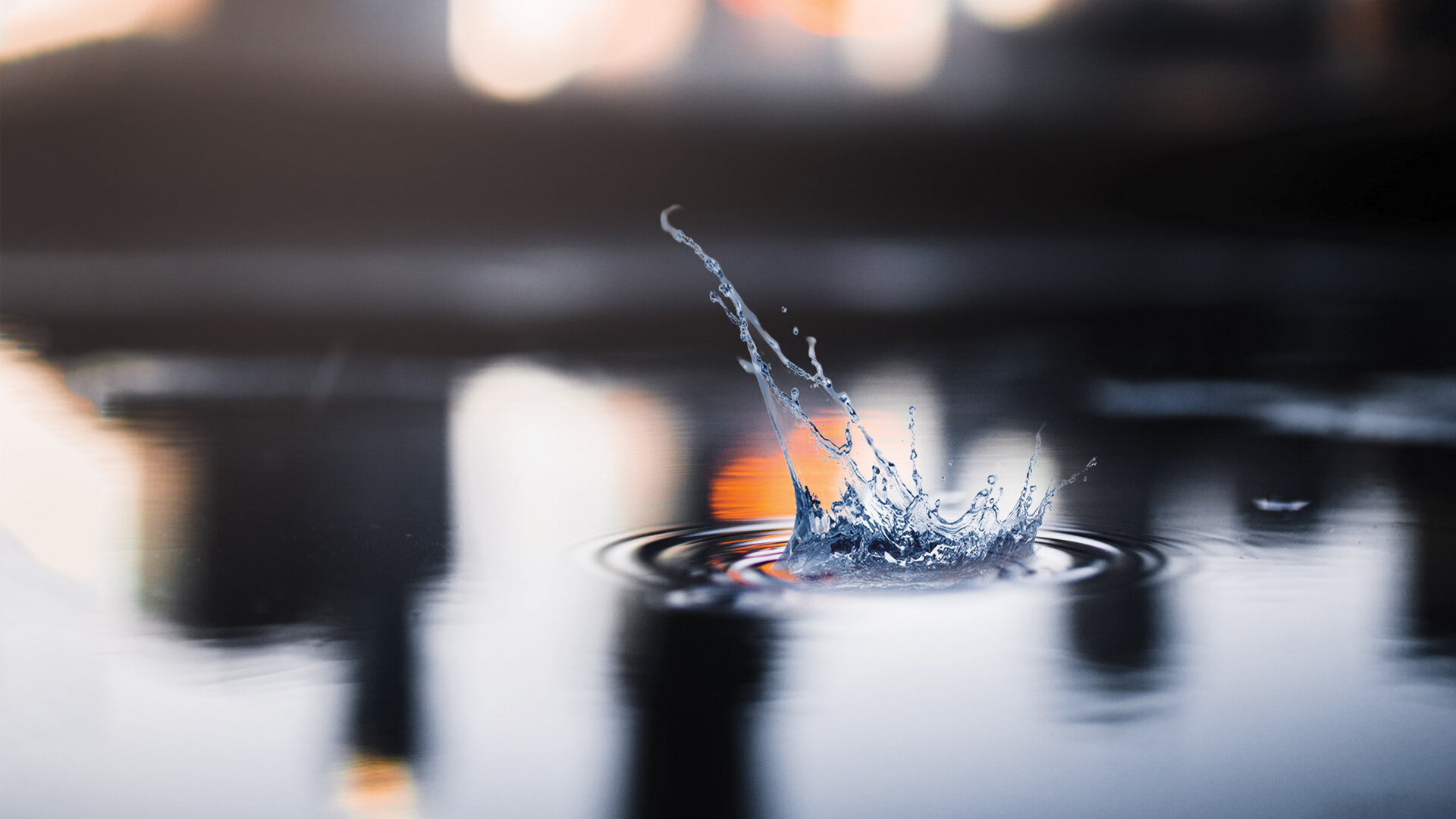
Energy-Efficient Desalination Technologies

Population growth, rapid urbanisation and the effects of climate change have greatly increased the pressure on potable water supplies and threatened its security. To relieve this pressure, countries are increasingly turning to desalination to provide an alternative source of potable water, driving firm demand for the industry. The global desalination market is expected to grow at a compound annual growth rate (CAGR) of 7.8% up to 2025 to surpass USD 27 billion in value and 150 million m3 per day in capacity.
As demand for desalination capacity grows, the need for more energy-efficient technologies in this traditionally power-intensive (and hence, costly) industry has grown in tandem. Power-intensive thermal desalination technologies are increasingly displaced by more energy-efficient membrane technologies such as reverse osmosis (“RO”) technologies, as well as newer electrochemical (“EC”) approaches. Within membrane technologies, active research on ultra-permeable membranes for low-energy desalination is also ongoing.
This report reviews these trends from the lens of patent data as a leading indicator of market implementation. It provides a high-level comparison of worldwide patent applications relating to energy-efficient and energy-saving RO (“EERO”) technologies to EC (“EEEC”) technologies, before diving into a deeper analysis within the emerging technology area of ultra-permeable biomimetic membranes (“BM”) to answer three key questions:
1. What are the key trends and new technologies?
2. Who are the key players?
3. What are the related technology developments in Singapore?
Also Worth Reading/Watching

Patent Analytics Reports
3D Printing in Building and Construction

Case Studies
Sky Greens
